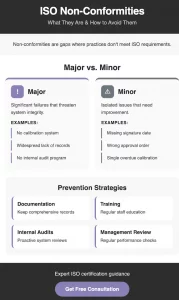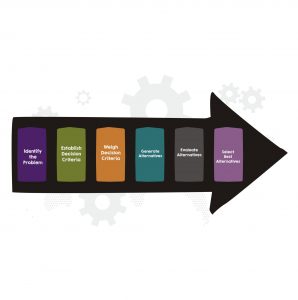“Ab antiquis ad novum, ad augendam scientiam et intellectum, et adoptionem in vitam”
Translated from Latin as “from old to new, to increase knowledge and understanding, and adoption into life”. We often find organisations with documented management systems almost written on parchment and baring no relation to what actually happens within the organisation.
In today’s fast-paced business environment, companies must adapt to stay competitive and efficient. One area often overlooked is the company’s management system. It’s not uncommon for organisations to rely on outdated management systems, thinking that if it’s not broken, there’s no need to fix it. However, this mindset can be detrimental to your company’s growth and success. In this blog, we will explore the pressing need to update an old management system.
Owners, directors and managers often get protective (we understand) over something they put so much time, effort, resource and ultimately money into. Using phrases such as, “we spent thousands on the quality manual 20 years ago”.
This often means that the manual and procedures are lagging reality and are, in fact, not serving a purpose. The manual and procedures can’t be used as a book of best practice or used for training for new employees as they are not reflective of current best practice.
Additional more practical downsides of the procedures not reflecting reality is the risk of non-conformance at the 3rd party assessment visits. If you say you do something in your documented system and don’t do it, the assessment body are required to raise this as a minor non-conformity.
I was once told a story (maybe an urban audit legend) that during an assessment the auditor was reviewing a factory floor activity and was discussing with an operative what role he undertook. As part of the discussion, the operative identified that once a day he was required to wind a handle 5 times – he had a deputy in his absence who also did this. The auditor, being an auditor (nosey), enquired why he had to do it and why 5 times? The operative couldn’t answer why and become flustered, so not to worry the auditor replied, “I’ll get the quality manager to investigate it”.
At the closing meeting at the end of the day, the winding of the handle was discussed, and the managing director laughed and said, “There used to be an old clock on the outside of the building which need hand winding – the clock has been gone 5 years!”
The above may or may not be true, but is a good demonstration of the need to review and update your processes regularly, to prevent wasted effort, reflect actual practice, and enable the manual and procedures to be used as a training and best practice guide within the work environment.
Statius prides itself on making the ISO standard fit into your business NOT your business fitting into ISO. Procedures are written to be reflective of the company processes, with the use of deployment (swim lane) flow charting, so clear segregation of duties are identified and the ability to identify the key risks within the process, including the opportunity to list KPI’s (so identify what good really looks like).





